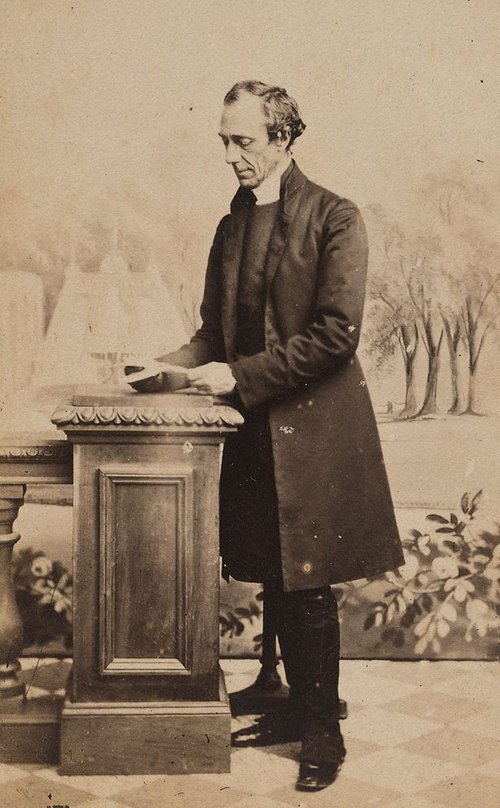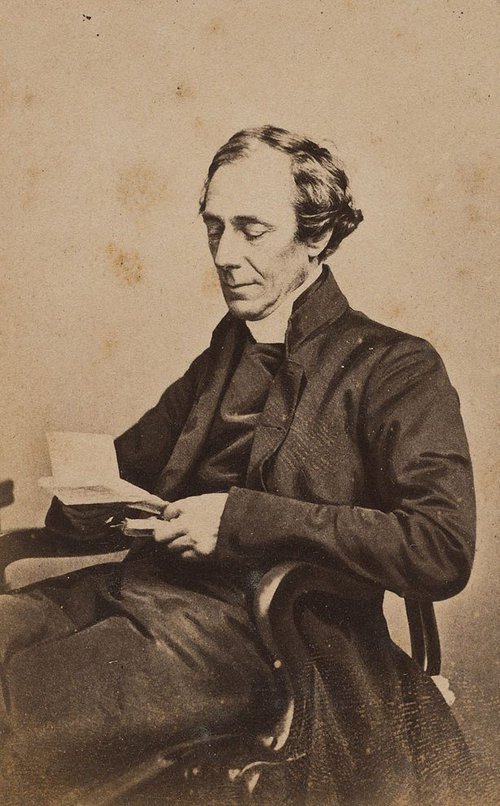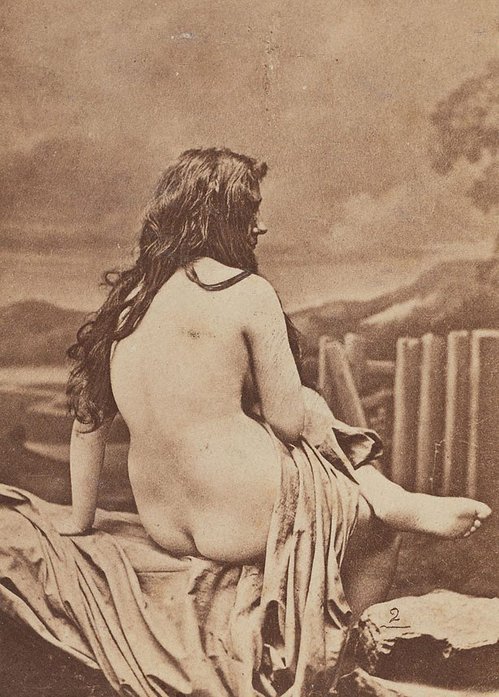Title
Untitled
1865-1886
Artists
-
Details
- Date
- 1865-1886
- Media category
- Photograph
- Materials used
- carte de visite
- Dimensions
- 9.6 x 6.0 cm image; 10.5 x 6.4 cm mount card
- Signature & date
Not signed. Not dated.
- Credit
- Purchased 2014
- Location
- Not on display
- Accession number
- 511.2014
- Copyright
- Artist information
-
Unknown photographer
Works in the collection
- Artist information
-
Johnstone O’Shannessy & Co
Works in the collection
- Share
-
-
About
Johnstone, O’Shannessy & Co was a leading Melbourne photographic firm established by Henry James Johnstone and Emily Florence Kate O’Shaugnessy (spelt O’Shannessy in the firm’s stamp). Charismatic and flamboyant Johnstone took outdoor photographs and portraits of male notables, while O’Shaugnessy, who had previously operated her own studio, photographed female sitters and supplied the darkroom expertise, colouring and developing the negatives. The firm received a medal at the 1866 Melbourne Intercolonial Exhibition for their coloured, plain and ‘mezzotint’ photographic portraits. They also exhibited photographs on porcelain coloured in oil and watercolour at the Philadelphia Centennial Exhibition in 1875. At the 1888 Melbourne Centennial International Exhibition, the firm installed a special pavilion for the display of photographs in all processes, lavishly decorated with satin-covered walls and a miniature fountain.
A carte de visite is a stiff card of about 10 x 6.4 cm, with an attached paper photograph, invented in 1854 by André-Adolphe-Eugène Disderi. They were introduced into Australia in 1859 by William Blackwood with albums arriving in 1860, aiding the collection and distribution of multiple cartes. Cartes were usually portraits and were made by the millions worldwide. Multi-lens, or ‘multiplying’ cameras were introduced in the 1860s, which were capable of producing from 2 to 32 images in quick succession, dramatically increasing the number of cartes de visite that could be made from a single photographic plate. They were easily reproduced by making paper contact prints from the glass plates, which were then cut and pasted to card.
-
Exhibition history
Shown in 1 exhibition
The photograph and Australia, Art Gallery of New South Wales, Sydney, 21 Mar 2015–08 Jun 2015
The photograph and Australia, Queensland Art Gallery, South Brisbane, 04 Jul 2015–11 Oct 2015





